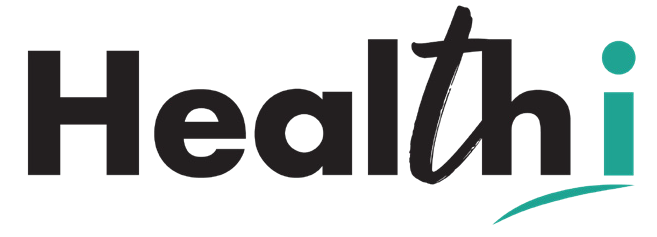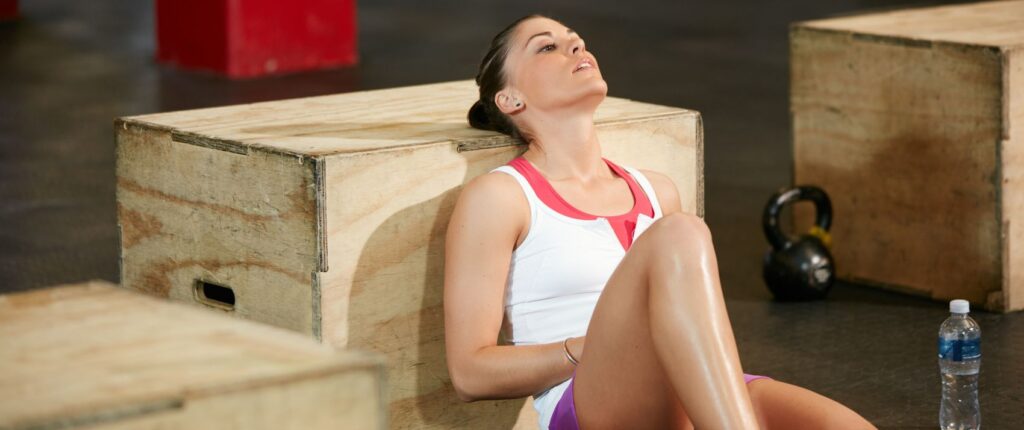If you’ve been hitting the gym consistently but no longer see progress, you may have reached a workout plateau. A plateau happens when your body adapts to the same training routine and stops responding with strength gains, fat loss, or muscle growth. It can be frustrating; you’re still working hard, but results stall.
The good news? A plateau isn’t failure. It’s feedback. It’s your body’s way of saying, “I’ve mastered this level, now I need a new challenge.” You don’t need to throw out your routine; you just need to train smarter by applying science-backed strategies that stimulate growth in new ways.

1. Understand Different Contraction Types
Most people think of a “rep” as simply lifting and lowering a weight. But in reality, every rep has three phases of contraction, and each phase can be trained differently to break through plateaus:
Concentric Loading (Lifting Phase): This is when the muscle shortens under tension, like curling a dumbbell up. Many lifters focus here, but it’s the least effective phase for long-term growth if trained alone.
Eccentric Loading (Lowering Phase): This is when the muscle lengthens under tension, like lowering the dumbbell slowly. Research shows eccentric training builds more strength and size because your muscles handle more force here. Example: lowering a squat for 4–6 seconds before standing back up.
Isometric Holds (Static Phase): This is when the muscle contracts without moving, like pausing at the bottom of a wall squat or holding a plank. Isometrics improve stability, increase strength at weak points, and sharpen your mind-muscle connection.
By playing with tempo, slowing down eccentrics, adding isometric pauses, or speeding up concentrics, you shock your muscles with a new stimulus that reignites growth.
2. Play with Sets, Reps, and Volume
Plateaus often happen when you’ve been doing the same rep ranges for too long, like 3 sets of 10 forever. To grow, you need progressive overload, challenging your body with more than it’s used to. This doesn’t always mean heavier weights; it can also mean smarter changes:
- Increase reps (e.g., moving from 8–10 to 10-12)
- Add more sets (e.g., 3 sets → 4 or 5 sets)
- Adjust rest times (shorter for endurance, longer for max strength)
- Increase resistance (lifting heavier weights, adding resistance bands, weighted vests)
Even small tweaks break monotony and force adaptation. The body thrives when the challenge evolves.
3. Manipulate Angles of Resistance
Many people unknowingly repeat the same patterns. They hit the chest with flat bench press, incline press, and push-ups, but all in nearly the same angle. Muscles, however, are not uniform blocks. They have fibres that run in different directions, and they respond differently based on the angle and position of the exercise.
This is where regional hypertrophy comes in: the idea that you can emphasise certain regions of a muscle by changing exercise angles.
For example:
Biceps: Curling with elbows in front of you (preacher curls) hits a different region than curls with elbows at your side or behind you.
Glutes: Hip thrusts build one region, while kickbacks or abductions target another.
Quads & Glutes in Squats: Shifting foot placement or squat depth changes which fibres are emphasised.
By manipulating angles, you ensure balanced growth instead of overdeveloping one region and leaving weaknesses elsewhere.
4. Stop Repeating, Start Programming
One reason many lifters plateau is because their workouts are full of duplicates, different exercises that basically do the same thing. It feels like variety, but in reality, it’s wasted effort.
Instead, program with intention:
- Cover all contraction types (eccentric, concentric, isometric)
- Use angles to hit different regions of each muscle
- Balance rep ranges (strength, hypertrophy, endurance)
- Track progress instead of guessing each session
When you train with a plan, you stop spinning your wheels and start moving forward.
5. Max Strength
Another way to break through stagnation is by lifting at your true max strength. This means training at the heaviest weight you can safely manage. Max strength training builds neurological efficiency, teaching your body to recruit more muscle fibres and handle heavier loads over time.
It doesn’t need to be frequent; testing or training close to your max strength occasionally keeps your body challenged and boosts overall power. Just make sure you prioritise proper form, safety measures, and adequate recovery.
.
6. Apply It Practically
Here’s how you can combine these strategies into smarter workouts:
Chest: Slow eccentric push-ups, hold 2 seconds at the bottom, then push up explosively.
Legs: Bulgarian split squats with a 3–4 second lowering phase, pause at the bottom, then stand up strong.
Back: Lat pulldowns using wide grip, narrow grip, and different torso angles to hit all regions of the lats.
Core: Plank holds (isometric) mixed with slow eccentric rollouts and explosive concentric crunches.
By training across phases, volumes, and angles, you create constant adaptation and leave no room for plateaus.
The Takeaway
These are just some of the ways you can break out of a plateau.
A plateau isn’t the end of your progress; it’s proof that you’ve grown, and your body is ready for more. Instead of repeating the same routines, train smarter: vary contraction types, adjust reps and sets, manipulate angles, and occasionally push your max strength.
Exercise isn’t just about “doing more.” It’s about doing it better. With intentional, science-backed programming, you’ll not only break through plateaus; you’ll build strength, balance, and results that last.




